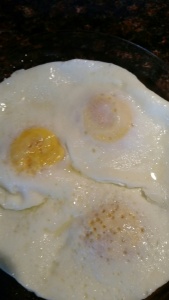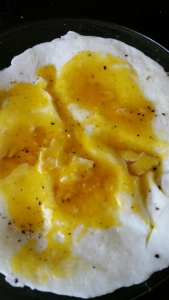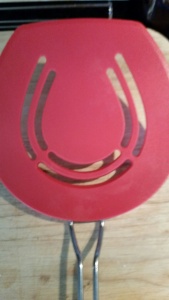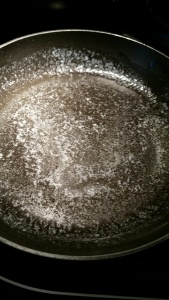Ahhh, comfort food. As I was indulging in making myself a breakfast of chipped beef on toast this morning I started wondering about comfort food. Why do we seek it? Which foods are comfort foods to whom? Why do they make us feel so good? Why are they so vilified by modern diet gurus and dieticians alike? I began sifting through all the things I’d heard, read, and saw about comfort food over the years.
Why do we seek comfort food? The answer is simple and yet quite complicated. We seek comfort food to feel better or to celebrate feeling good. Women do more of the former, and men do more of the latter. Comfort food, loosely defined is the kind of food that makes us wax nostalgic, or is connected to something or someone we are sentimental about. It’s simple to prepare and usually high in calories and or nutrients. Mom’s macaroni and cheese, for example (and I’m not talking about that stuff in the blue box at the supermarket). If this is true, the yearning for comfort food stems from a complicated psychological process in which the food itself, usually high in carbs and calories, causes a certain reaction in the brain that gives us a feeling of comfort and warmth.
I snooped around the internet for some lists of comfort foods. Of course these foods vary from culture to culture. In the U.S. the list includes apple pie, mac and cheese, and fried chicken (chipped beef on toast was not on any list I saw). British comfort foods include bangers and mash, fish and chips, and chocolate cake, Indonesia – fried banana, in Canada – poutine, fries, gravy, and some old cheese, or so I’ve gathered from National Geographic, among other internet sources.
So how do we reconcile our beloved comfort foods with our modern understanding of dietary needs and recommendations? There are a few ways of doing this. One, avoid comfort food altogether. It makes you feel good, and let’s face it, anything that makes you feel good is either going to give you cancer or make you fat. Two, indulge occasionally. A hearty bowl of home-made mac and cheese every now and again isn’t going to kill you. Three, indulge whenever you like, but keep the portions small and reasonable and balance it with healthy foods such as salads. Think of a dinner plate full of salad with a side of spaghetti that is about the size of a deck of playing cards. Option three works especially well if you eat all the salad first then continue on to the comfort food.
So in the name of comfort food lovers everywhere, I humbly submit my recipe for chipped beef on toast; one of my favorite comfort foods right up there with home-made mac and cheese and chili.
¼ cup butter
¼ cup flour
¼ tsp pepper
1 – 2 dashes cayenne pepper (more if you like it spicy)
2 cups milk
8 pieces of toast (buttered)
1 container dried beef
Melt butter in saucepan. Add flour, pepper, and cayenne and cook until mixture slightly browns. Slowly add milk whisking vigorously to avoid lumps. Briefly bring to a boil, stirring frequently until sauce begins to thicken then turn heat to low.
Cut dried beef into ribbons or small chuncks (recommended for children). Start toast.
Stir dried beef into sauce. Butter toast, place desired number of toast pieces on a plate and spoon sauce over them and enjoy!
In the tradition of option number three for the healthy eating of comfort food, this recipe would be 8 servings. In our house, we usually opt for option number two which would make this recipe more like 2 servings. However, the recipe is easily expanded to feed more. Would love to give you a picture, but the camera is having difficulties. I am working on them.







